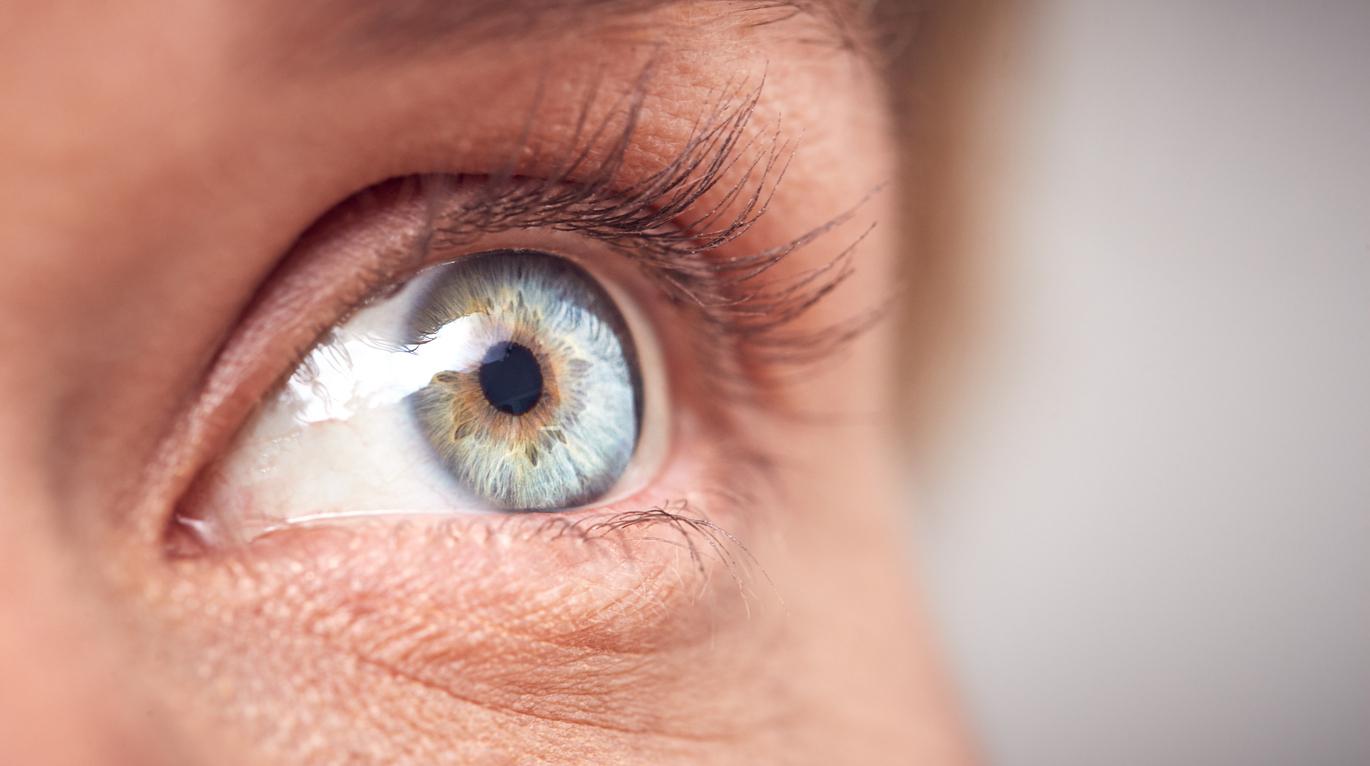For the first time, researchers have developed a bionic eye with characteristics comparable to those of humans. Eventually, it could even surpass it.

- This is the first time that such a prototype bionic eye has characteristics comparable to those of the human eye.
- Its resolution is 100 pixels, still insufficient compared to our eyes which see at 160°.
- The researchers estimate that the prototype could, within five years, be as sensitive as that of the human and perhaps even more efficient.
In a few years the EC-EYE, for ElectroChemical EYE, may be able to replace the human eye. In an article published in the journal Nature, American and Hong Kong researchers presented the latest results of the EC-EYE, the bionic eye they are working on. And the progress is rather encouraging. This is the first time that such a prototype has characteristics comparable to those of the human eye. Eventually, it could be considered functional for humans.
A 100° field of view and a resolution of 100 pixels
The bionic eye has a hemispherical retina, composed of an aluminum and tungsten membrane. Inside it, the researchers installed very small sensors, capable of imitating the photoreceptors of the human retina. These are used for color discrimination, detail discrimination, night vision and orientation. The scientists then placed a lens in front of the bionic eye to mimic how the eyeball works. Data is transmitted through thin metal and rubber cables. According to the study, the field of vision of the electronic eye is currently 100°. Its resolution is 100 pixels, still insufficient compared to our eyes which see at 160° and whose average resolution is 7 megapixels. As a result, the bionic eye still has trouble distinguishing certain letters such as E, I or Y.
A first step towards a human prosthesis
Researchers are optimistic. According to them, they will soon be able to increase the density of the tiny sensors to make it ten times greater than that of human photoreceptors. They believe that such an improvement in their prototype could make it, within five years, an eye as sensitive as that of humans and perhaps even more efficient. They plan to use this product for humanoid robots but also as a prosthesis to restore sight to blind people. A breakthrough that would be revolutionary. According to the federation of the blind of France, there are more than 200,000 blind and partially sighted people in France.
.














